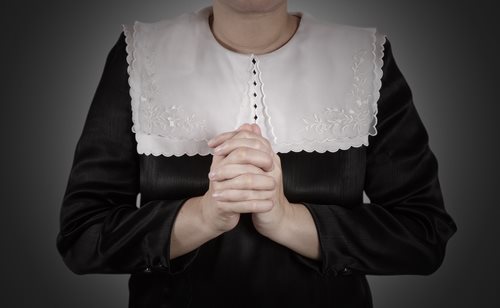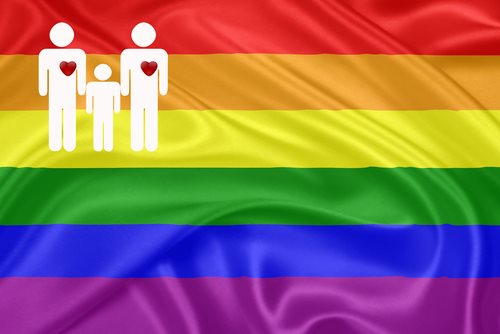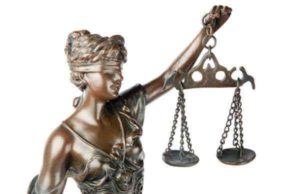Michigan Billionaire Sued for Sexual Harassment

Michigan Billionaire Sued for Sexual Harassment: Allegations against Alfred Taubman
Alfred Taubman is a billionaire and the former chairman of Taubman Centers, a real estate investment trust that operates a number of malls throughout Michigan and other parts of the United States. Taubman has recently been hit with a lawsuit alleging that he engaged in sexual harassment and created a hostile work environment for a former employee.
Allegations of Sexual Harassment
The lawsuit, filed by Jazmin Reese, alleges that Taubman repeatedly made unwanted sexual advances and comments toward her during her time working at Taubman Centers. Reese claims that Taubman would make lewd comments about her appearance, touch her inappropriately, and engage in other forms of sexual harassment.
Reese also alleges that she was retaliated against by Taubman Centers after she reported the harassment to her supervisors. She was allegedly given unfavorable assignments, denied opportunities to work on certain projects, and ultimately terminated from her position.
Response from Taubman Centers
Taubman Centers have denied the allegations made by Reese, and have pledged to vigorously defend themselves against the lawsuit. In a statement, the company stated that they have always taken allegations of sexual harassment seriously, and have a clear policy in place to address such claims. They assert that they investigated Reese’s claims and found them to be unfounded.
Reaction from the Community
The allegations against Taubman have sparked condemnation from many in the community, who are outraged that such behavior could be taking place in a company with such a high profile. Some have called for a boycott of Taubman Centers, while others have expressed support for Reese and other victims of sexual harassment.
The case is also being closely watched by advocates for women’s rights and those pushing for stronger laws against sexual harassment and discrimination in the workplace.
Conclusion
The allegations against Alfred Taubman are a reminder that sexual harassment and discrimination are still pervasive problems in many workplaces. It is important that victims of such behavior are empowered to speak out and hold those responsible accountable for their actions. The outcome of this lawsuit will hopefully send a strong message that such behavior will not be tolerated, and that those who engage in it will face consequences for their actions.
A flight attendant has accused one of the richest men in Michigan of sexual harassment and has lawyers backing her up. According to the flight attendant, the man, Alfred Taubman, harassed her repeatedly in both verbal and physical ways. Taubman runs a large number of malls throughout Michigan and so far has denied the allegations of sexual harassment against him.
Plaintiff Nicole Rock sued in the United States District Court, Eastern District of Michigan. According to court documents, Taubman hired Rock to be a flight attendant on his personal jet. The harassment began soon after she began working on the flights, including unwanted physical contact. The suit alleges that Taubman forcibly kissed Rock using his tongue and that he also tore her blouse and pantyhose attempting to touch her breasts and crotch.
According to Rock, she was also subjected to repeated interrogations about her behavior outside of work or during layovers. After one layover, her employer asked her if she had had sexual intercourse with anyone during the layover hours.
The harassment allegedly escalated even further when Rock became pregnant and announced her pregnancy to her employer. Taubman allegedly was furious, asking increasingly inappropriate and belligerent questions about the pregnancy. According to the lawsuit, Taubman mocked Rock about her weight and said that her pregnancy had “ruined her [expletive] life.”
Rock returned to work after her pregnancy, but after being met with additional harassment about her pregnancy and birth, went on disability leave and was subsequently fired. She then sued in district court.
According to Rock, she complained multiple times about the harassment and inappropriate attention that was coming from Taubman. However, none of her supervisors or superiors in the company took any action to stop the harassment from occurring. Rock’s attorneys maintain that Taubman and his private airline have violated several statutes, including Title VII of the Civil Rights Act of 1964.
Because Rock’s attorneys allege that the conduct from Taubman was malicious and willful, they are asking not only for compensatory damages but punitive damages as well. Taubman’s private fortune is estimated to be nearly $3 billion dollars, and Rock’s suit requests damages totaling $29 million.
So far, Taubman and his attorneys have remained mute on the subject of a settlement, denying all allegations and claiming that the suit is simply the act of a disgruntled former employee. It remains to be seen whether Rock will be able to collect damages from her sexual harassment and discrimination lawsuit.
Sources: uscourts.gov, detroitnews.com






























